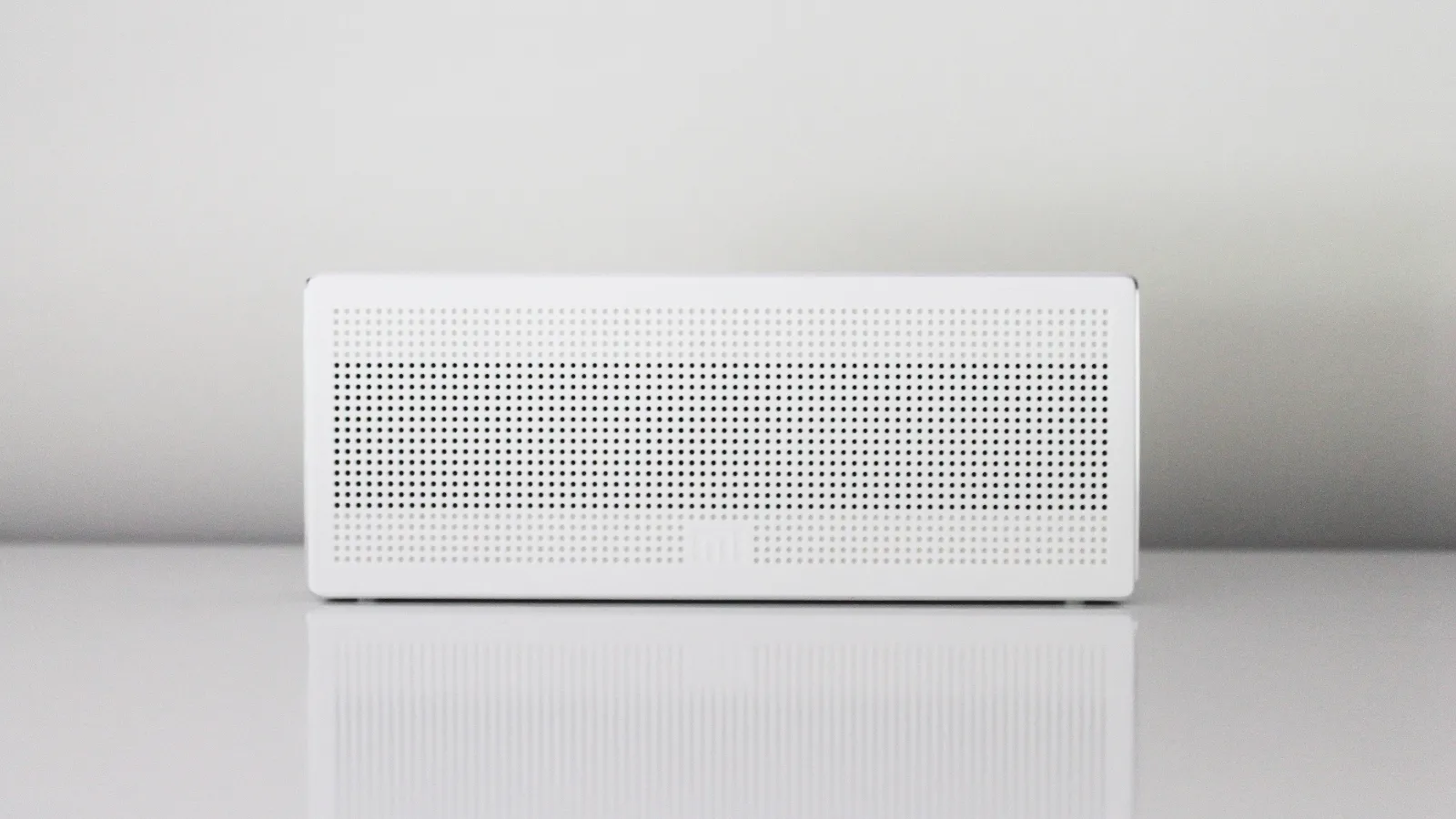Avoid AC Issues with Simple AC Troubleshooting Tips

In the greater Atlanta area, we rely on air conditioners. In particular, without functioning ACs, the summer becomes unbearable. As a result, we constantly look out for warning signs that foreshadow potential air conditioning issues. Yes, homeowners must remain diligent and known a few AC troubleshooting tips in the event of a home cooling problem.
Understand How Air Conditioners Work to Help with AC Troubleshooting
In particular, as we rely on them during the summer more and more, the chances of an issue rises with excessive use. Therefore, understanding your HVAC system helps homeowners make informed decisions when potential AC issues arise. As a result, the following provides a high level overview about how an air conditioner works.
Air conditioners help keep homes cool during hot and humid temperatures and rely on a few major AC components that move air between the inside (cold side) and outside (hot side).
Air Conditioners: The Cold Side
The cold side of an air conditioner contains an evaporator and fan. Ultimately, the fan powers the cooling process by blowing the air over chilled coils and into the ductwork, which cools your home.
- The evaporator receives the liquid (commonly known as the refrigerant).
- The fan blows over the coils (and ultimately provides the cold air found inside your home).
Air Conditioners: The Hot Side
The hot side of an air conditioning system contains the compressor, condenser and fan. The hot side vents hot air from the compressed refrigerant to the outside.
- The compressor provides pressure turning the gas (from the evaporated liquid) back into a liquid.
- The condenser facilitates the heat transfer (providing the exchange from gas to liquid).
- The fan blows the hot air off liquid (which is what we see and hear when the AC runs).
For a visual overview of how an air conditioner works, then How Stuff Works simplifies the process.
Common AC Troubleshooting Tips
Typically, the biggest sign of a potential AC issue remains a warm, hot or humid home. For example, every homeowner knows the AC isn't working when your home is uncomfortable, fails to produce cool air or even start.
Check the Thermostat For New Batteries
Keep it simple. Frequently, the most common issue arises because the thermostat contains dead batteries. Look for the battery symbol or light on your thermostat indicating the batteries need to be changed.
Check and/or Replace the Air Filter
If your air conditioner constantly runs, but your home simply does not cool down, then check the air filter. If the air filter looks dirty, then simply replace it. Plus, this solution is easy and inexpensive for homeowner.
Check the Outside Temperature
As we all know in Georgia, some summer days are simply unbearably hot and humid. It is important for homeowners to know that proper AC installation revolves around the average temperature in any given location. For example, during the AC installation process, technicians complete load measurements optimized for typical summer temps. As a result, at times, the outdoor temperature could be too intense (especially for older systems) and result in AC issues. If this is case, it could be time to upgrade.
Check the Drain Line
Is water surrounding the indoor unit that couldn't have come from anything else? Air conditioners produce condensation. A properly functioning AC unit ensures any condensation flows away from the equipment. However, if it's a particularly humid day, or there is a clog in the condensate drain lines or drip pan, excess moisture may build up, hindering the air conditioner's performance and potentially damaging its components. As a result, a professional AC technician should inspect the system.
Check for a Refrigerant Leak
Air conditioners contain refrigerant, which charges the system. Refrigerant absorbs heat and allows air conditioning systems to run efficiently. Therefore, any refrigerant leak affects the unit's performance and hinders its ability to keep your home at a comfortable temperature. As a result, a professional AC technician should inspect the system for a leak and recharge, as necessary.
Check for Ice Buildup on Condenser Coils
Inside the outdoor AC unit, there are condenser coils. A common AC issue occurs when or if the coils freeze. For example, poor airflow, which may occur from low refrigerant levels, dirty air filters or clogged air ducts typically cause ice to build up on the coils. As a result, a professional AC technician should inspect the system and thaw the condenser coils.
Check for a Broken Compressor and/or Condenser Fan
In addition to the condenser, the outdoor unit also contains a compressor and condenser fan. These components transfers hot air out of your home, which helps keep it cool. If the compressor and fan don't work, the hot air will not properly escape your home, making it difficult for the air conditioner to keep your home comfortable. An overheated compressor can also cause the safety controls on your unit to kick in, turning off the air conditioner. As a result, a professional AC technician should inspect the system and determine any damage that requires fixing.
Snappy Addresses All AC Troubleshooting Issues
Did you complete your AC troubleshooting checks and realize a professional technician is needed to address potential problems?
Talk to one of our Comfort Specialists to see how you can receive a FREE whole-house air cleaner when you purchase a lifetime warrantied HVAC system from Snappy. We also carry and install ductless air conditioner systems for smaller rooms and additions that currently have no cooling or ductwork installed.
In addition, Snappy Services offers a lifetime warranty on covered parts and labor for the peace of mind that we stand behind our installations and repairs. A new air conditioning installation can be costly, to help minimize the expense we offer many financing options to help fit your budget.
Call Snappy and work with an AC technician in your area today!

